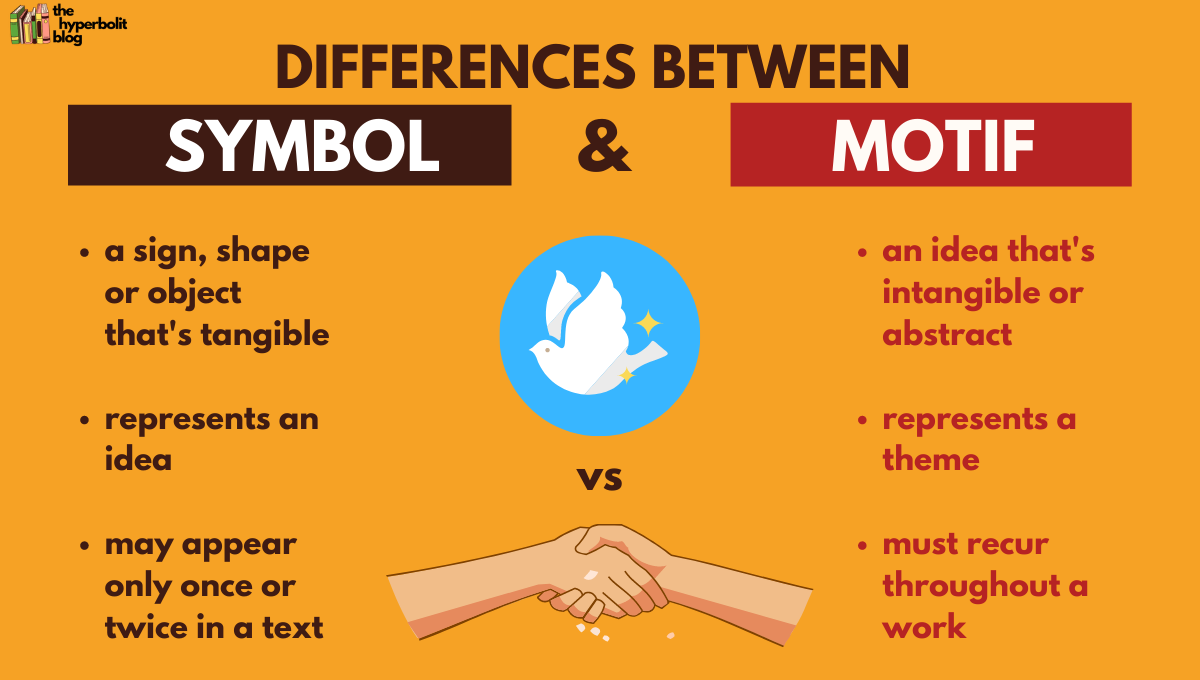What is a simile?
A comparison using like or as.
What is the term for the turning point in a story?
Climax.
What are the two types of characterization?
Direct and indirect characterization.
What is first-person point of view?
When the narrator is a character in the story and uses I or we.
What is foreshadowing?
A hint or clue about what will happen later in the story.
Identify the type of figurative language:
“The wind howled in the night.”
Personification.
What part of the plot introduces the setting, characters, and conflict?
Exposition.
What is direct characterization?
When the author explicitly describes a character’s traits.
What point of view uses he, she, or they but does not reveal the characters’ thoughts?
Third-person objective.
What is irony?
A contrast between what is expected and what actually happens.
What is the figurative language in this sentence?
“Her smile was as bright as the sun.”
Simile.
What is the resolution of a story?
The conclusion where conflicts are resolved.
Give an example of indirect characterization.
(example): “She slammed the door and stomped to her room.” (Shows anger through actions rather than directly stating it.)
Which point of view reveals the thoughts and feelings of one character?
Answer: Third-person limited.
Third-person limited.
What is symbolism?
When an object, person, or event represents something beyond its literal meaning.
Explain the metaphor in this sentence:
“He was a lion in the fight.”
It compares the person to a lion to show they were brave and fierce.
Place these plot elements in order: Rising Action, Climax, Exposition, Resolution, Falling Action.
Exposition, Rising Action, Climax, Falling Action, Resolution.
Identify the type of characterization in this sentence:
“Lisa was kind and thoughtful.”
Direct characterization.
What is the point of view in this sentence?
“I couldn’t believe my eyes when I saw the surprise waiting for me.”
First-person.
Identify the literary device:
“The storm raged on, echoing the character’s inner turmoil.”
Pathetic fallacy.
Identify the type of figurative language:
“I’ve told you a million times to clean your room!”
Hyperbole.
In which part of the plot does the character face the greatest struggle?
Climax.
What acronym helps you analyze indirect characterization?
STEAL (Speech, Thoughts, Effect on others, Actions, Looks).
What is omniscient point of view?
A point of view where the narrator knows all the thoughts and feelings of all characters.
What is the term for a recurring idea or theme in a work of literature?
Motif